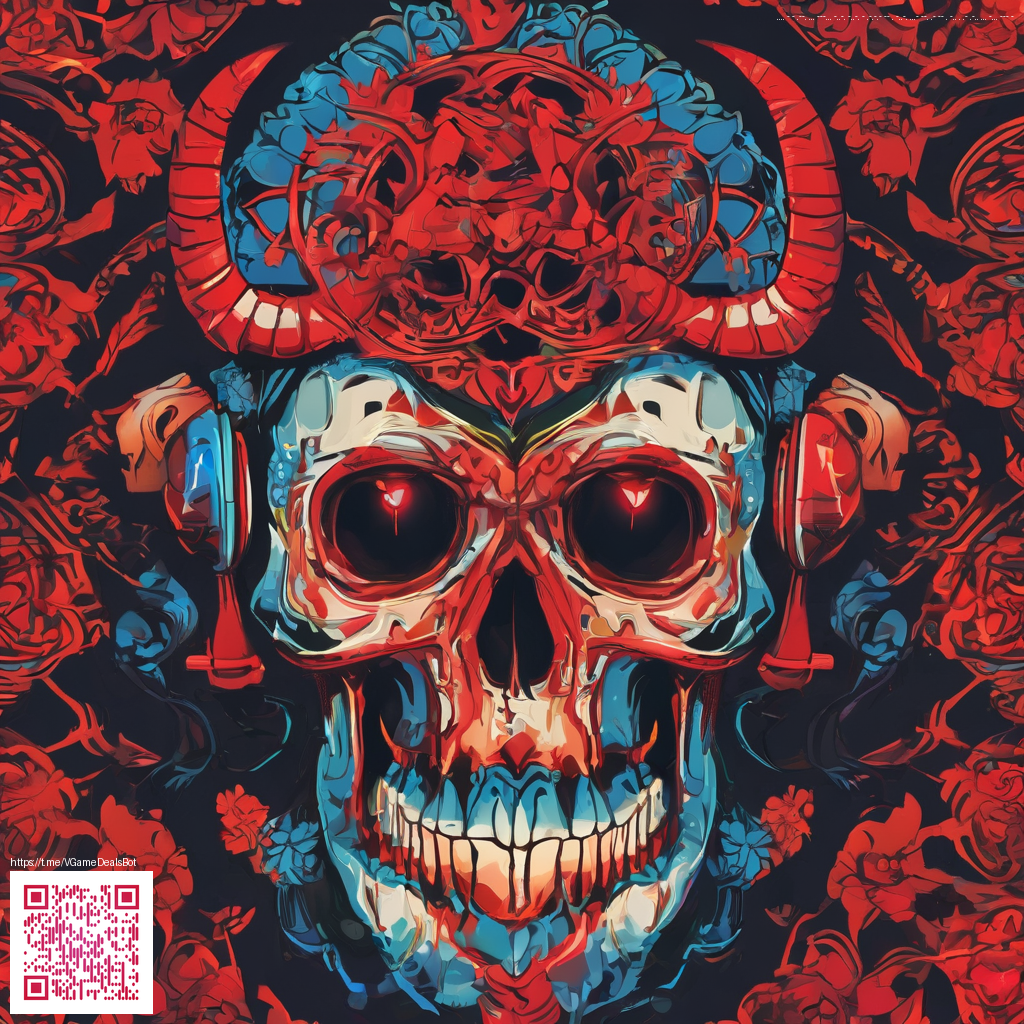Tracing the Evolution of Final Fantasy VII Across Generations
When Final Fantasy VII first released in 1997 on the PlayStation, it did more than introduce a sprawling story and memorable characters—it helped redefine how JRPGs could scale on a home console. The narrative depth, the world-building of Midgar, and the strategic ATB battle system combined to create a template that developers would mine for years to come. The game's influence extended beyond gaming, seeping into music, cinema, and digital art. As generations marched forward, FFVII became less a single title and more a living, breathing universe that players could revisit in new formats.
Across the decades, the core themes—identity, memory, and the cost of power—remained, even as the presentation shifted. In the PS1 era, players experienced a cinematic sense with pre-rendered backgrounds and sprite-based characters. This aesthetic choice helped the game feel vast and painterly, inviting players to fill in gaps with their imagination. The evolution across generations shows how a story can stay true to its heart while embracing new technologies that widen its reach.
Origins and the PS1 Era
The original game introduced Cloud Strife's journey through a sprawling, dystopian world. The ATB system required tactical patience, turning battles into chess-like skirmishes where every choice mattered. The soundtrack by Nobuo Uematsu gave the world a sonic identity that is still cited as a benchmark for emotional resonance in RPGs. Fans clung to moments such as the final confrontations in the Reactor and the revelation of Sephiroth's true aim—moments that still echo in modern interpretations of the series.
“Final Fantasy VII proved that a story-driven RPG could balance spectacle with intimate character drama, and that balance remains the gold standard for many story-driven games today.”
The Remake Era: A Reimagined Experience
When Final Fantasy VII Remake arrived, it offered a bold experiment: preserve the original's soul while translating it into real-time action with deliberate pauses for strategy. This shift allowed developers to expand exploration, enrich character interactions, and introduce cinematic pacing that mirrors contemporary storytelling. The result is a hybrid that honors the original while inviting new players to experience Midgar in a fresh, immersive way.
- Hydraulic transitions between narrative beats and gameplay sequences
- Recast character dynamics with deeper backstories
- Strategic combat that blends real-time action with tactical planning
- Expanded world-building that teases grander ambitions for the series
For readers who want to keep their hands steady during long sessions, practical accessories can help—such as the Phone Click on Grip Kickstand Back Holder Stand—to keep your device steady during marathon play. Practical gear like this mirrors how players adapt across generations to enjoy their favorite titles more comfortably. A deeper visual reference can be explored in companion materials at the original resource: https://tourmaline-images.zero-static.xyz/d00a4821.html.
Visuals, Sound, and Narrative Across Generations
Visuals have evolved from polygonal blockiness to lush, real-time rendering, yet the core art direction—cityscapes that feel alive, characters with distinctive silhouettes, and music that stirs memory—has remained recognizable. The voice performances in the later releases add a new dimension to characters who were once silent on the page, allowing players to hear desperation, humor, and resolve in a new register. The evolution in sound design—from synthesized hooks to orchestral textures—strengthens the emotional gravity of pivotal scenes, while ensuring the score remains a beacon for fans revisiting the series across decades.
As you trace the path from then to now, you can see how each generation preserves the essence of FFVII while expanding its possibilities. Some fans collect art, study level design, or compare the pacing of a classic ATB encounter to a modern real-time setup. The conversation around FFVII is less about which version is “better” and more about how the story has grown with the tools and storytelling norms of its era.
For readers who access this content across devices, the evolution of Final Fantasy VII also reflects how players engage with media today—on screens of all sizes and in more flexible formats than ever before. The journey across generations underscores a simple truth: great games endure because they invite interpretation, experimentation, and sharing across communities.
